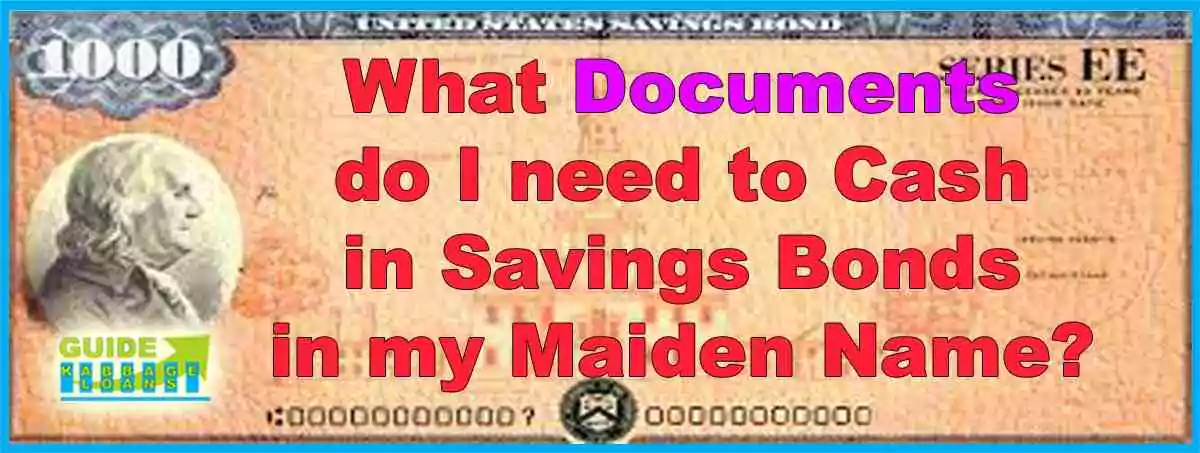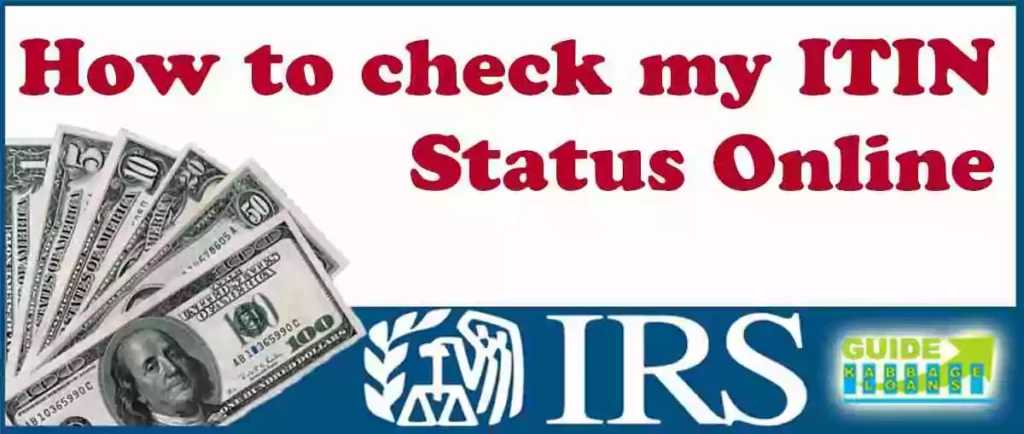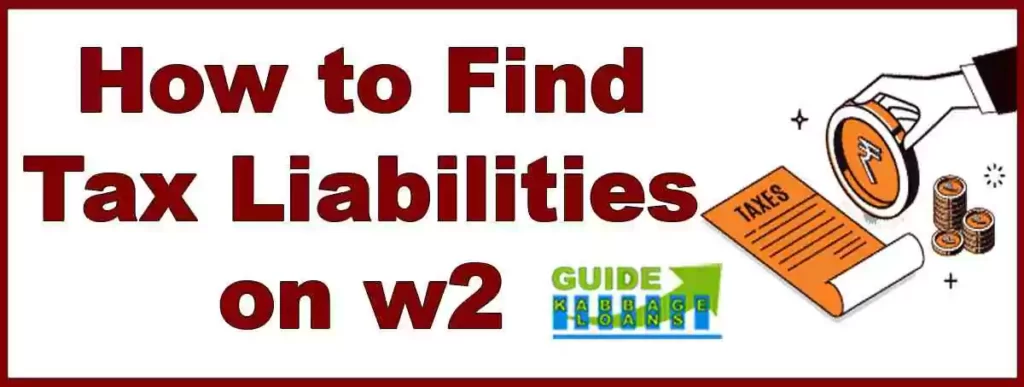Savings Bonds are a very good and preferred option for long-term investment. Meanwhile, one problem that people often face is that when a girl is unmarried savings bonds are taken in her name, and when she gets married, her name changes. In such a condition, how to cash in savings bonds in maiden name?
What are Savings Bonds?
Savings bonds are a type of investment that is issued by the U.S. Treasury Department. These are given by the government and that is why it is considered the most reliable investment. If someone buys savings bonds, then he gets these bonds for a specific time, and in return for the amount he invests, he gets additional interest and some extra benefits.
That’s why there are so many ways to invest in the United States. Of all those methods, Savings Bonds are the safest and easiest way.
Can I cash in savings bonds using my maiden name instead of my married name?
Yes, you can cash in savings bonds using your maiden name. This is especially true if the bonds were issued in your maiden name. When you apply for the savings bonds cash, then you will have to put the existing identity proofs there. Along with this, you will have to apply both the old name and the new name in the application. Along with this, the region of the name change will also have to be specified there.
This process is approved by the US Treasury. Because in this condition it has happened in many cases that when savings bonds are bought in the name of a girl, then her name is her maiden name. But after her marriage, the surname is added after her name.
How to cash in savings bonds in maiden name?
To cash in a savings bond when it’s under a maiden name, follow these steps to ensure the process goes smoothly:
Check with Your Bank or Financial Institution
Start by visiting the bank or financial institution where you plan to redeem the bond. Explain that your name has changed from your maiden name to your current name due to marriage or other reasons. Many banks can handle straightforward name discrepancies if there’s a clear explanation, such as a marriage certificate linking the maiden and married names.
Gather Necessary Documentation
Banks will generally need proof of the name change. Make sure to bring:
- Your savings bond(s).
- A government-issued photo ID (driver’s license, passport, etc.) in your current name.
- Legal proof of the name change, such as a marriage certificate, divorce decree, or court order.
The bank may use this documentation to verify your identity and confirm the name change on the bond.
Re-signing the Bond (If Required)
In cases where the name change is straightforward, some banks allow you to re-sign the bond. Here’s how it usually works:
- Re-sign and Note the Name Change: The bank may ask you to sign the bond again in your current name. They’ll make a note explaining the name difference, which should satisfy basic verification requirements.
- Bank Staff Confirmation: The bank teller or representative might need to witness this re-signing and may ask you to provide a reason for the name difference.
Cases Where Banks May Not Cash the Bond
If the bank feels the name change isn’t clear or if the documentation doesn’t provide a satisfactory link between your maiden and current name, they may decline to cash the bond. In such cases, the next step is to work directly with the U.S. Department of the Treasury.
Contacting the U.S. Department of Treasury
If the bank is unable to redeem the bond, you can redeem it by mail through the Treasury. Here’s what to do:
- Complete FS Form 1522: Fill out the Treasury’s form for “Request for Payment of United States Savings and Retirement Securities Where Use of a Detached Request Is Authorized” (FS Form 1522).
- Provide Notarized Proof of Identity: Along with the form, you’ll need to include notarized copies of your ID and any documents showing proof of the name change, such as a marriage certificate.
- Mail the Bond and Documents: Send the completed form, proof of name change, and the original bond to the Treasury Retail Securities Services.
The address and detailed instructions for mailing are typically included on the Treasury’s website or the form itself.
Processing and Receiving Payment
Once the Treasury receives your documents and verifies the name change, they’ll process the redemption and send payment. This can take several weeks, so be prepared for a bit of waiting time if using this route.
With these steps, you should be able to cash in your savings bond even if it’s still in your maiden name. If you encounter any issues, the U.S. Department of the Treasury’s customer service can often provide additional guidance.
How do I prove my identity when cashing in savings bonds with my maiden name?
You can prove your identity when cashing in savings bonds with your maiden name by providing identification that shows your maiden name, such as your birth certificate or your Marksheet with a photo.
Many other documents can prove your maiden name. You can put any of those IDs. Along with this, you will also have to attach your marriage documents, which prove that your name has changed.
What documents do I need to cash in savings bonds in my maiden name?

To cash in savings bonds that are in your maiden name, you’ll typically need to provide documents that confirm your identity and show proof of your name change. Here’s what you should bring:
Government-issued photo ID: Bring a current, government-issued photo ID, such as a driver’s license or passport, that displays your married name.
Proof of Name Change: To link your maiden name on the bond with your current name, you’ll need legal proof of your name change. Acceptable documents usually include:
Marriage Certificate: most common for maiden-to-married name changes
Divorce Decree: if it states your name change
Court Order: if you changed your name legally for another reason
The Original Savings Bond: Bring the actual bond you want to cash. The bond will show your maiden name, and with the other documents, you can verify your current identity.
Completed FS Form 1522: If the bank is unable to process the bond due to the name discrepancy, you’ll need to redeem it directly with the U.S. Department of the Treasury. In this case, complete FS Form 1522. The form is available on the Treasury’s website.
Notarized Proof of Identity: If you are redeeming the bond by mail through the Treasury, you may need to include a notarized copy of your ID and name change documents. Some banks may also ask for notarized copies if they’re unable to verify your identity on-site.
Social Security Number (Optional): Some banks may ask for your Social Security number to verify your identity or to ensure that they report the bond interest correctly for tax purposes.
How to cash in the savings bonds of the deceased parent?
To cash in the savings bonds of a deceased parent, you will need to provide the Treasury Department with a copy of the death certificate and proof of your savings bonds to show that you are the rightful owner of these savings bonds.
How to cash in savings bonds after death?
To cash in savings bonds after death, you will need to provide the Treasury Department with a copy of the death certificate and proof that you are the executor or administrator of the estate. Apart from this, it is also necessary to have the identity proof of the person who has died. You can put his birth certificate or any other document as his proof.
You will give all these documents to the US Treasury Department, and then the process of cashing your savings bonds will begin.
How to cash in savings bonds for college tuition?
You can cash in savings bonds for college tuition by using the Education Savings Bond Program. To be eligible for this program, you must meet a certain income and the bonds must be in your name. You will need to provide proof of enrollment in a qualified educational institution.
How to cash savings bonds for minors?
To cash savings bonds for minors, you will need to provide proof of your identity as well as the identity of the minor. If the bonds are in the name of the minor, you will need to provide proof of your relationship to the minor, such as a birth certificate or adoption papers.
This proves that you are the rightful guardian of the child who is a minor. Because if there are savings bonds in the name of a minor, then he cannot cash them. Only his parents make him cash.
How to cash in savings bonds that have matured?
To cash in savings bonds that have matured, A very simple process has been kept for this. If your savings bonds are electronic, you can get them within two to three days by applying by visiting the TreasuryDirect website. But if your savings bonds are paper savings bonds, then you will have to contact the Treasury Department.
You will have to apply offline by taking all the documents that we have mentioned in the above paragraph. After applying offline, there is a verification, and after verification, your savings bonds get cashed.
How to cash in lost savings bonds?
If your savings bonds are lost, you will need to contact the US Treasury Department to get them reissued. There you will have to find your details again. After getting the details, you get the proof of savings bonds. If you want to cash it, then the whole process is the same as we have mentioned in the above paragraph.
How long does it take to cash in savings bonds?
We have already told you that there are two types of savings bonds in the USA.
First electronic savings bonds: It does not take much time to cash electronic savings bonds. It gets cashed in just 2 to 3 days. We have explained its complete process in the above paragraph.
Second paper savings bonds: If you have paper savings bonds, then their application is offline, and offline application will have to be given there by going to the Treasury Department. This process takes at least 2 to 3 weeks.
How to cash in savings bonds with power of attorney?

If you are cashing in savings bonds with power of attorney, you will need to provide a copy of the power of attorney document as well as proof of your identity and the identity of the person for whom you are acting under power of attorney.
Conclusion.
In Conclusion, cashing in savings bonds issued in a maiden name can seem complex, but with the right documentation and a clear understanding of the process, it’s manageable. Whether you choose to go through your bank or directly through the U.S. Treasury, having identification, proof of a name change, and completed forms on hand will make the process smoother.
Faq’s
Can I cash in savings bonds before they mature?
Yes, you can cash in savings bonds at any time after the first 12 months of ownership, but you may incur a penalty if you cash them in before they reach maturity. And the longer you hold the bonds, the higher the earnings. That's why it is better that you cash it only after a long time.
Can I cash in savings bonds online?
No, you cannot cash in savings bonds online. You must visit a financial institution or mail them to the Treasury Retail Securities Site to cash them in. Maybe this process will be started soon. But so far no such statement has been issued that you can cash your bonds online.
How long does it take to receive the cash from cashed-in savings bonds?
The amount of time it takes to receive the cash from cashed-in savings bonds can vary, but approx it takes two to three weeks if you mail them in and one to two days if you visit a financial institution in person.
Can I cash in savings bonds that are in someone else’s name?
No, you cannot cash in savings bonds that are in someone else's name. savings bonds can only be cashed in by the owner, co-owner, or beneficiary named on the bond.
Can I cash in savings bonds if I am not a U.S. citizen?
Yes, non-U.S. citizens can cash in savings bonds, but they may need to provide additional identification and tax documentation.
Thanks for your visit.
(How to cash in savings bonds in maiden name?)
Disclaimer: Always consult with the U.S. Treasury Department directly to ensure compliance with current procedures and requirements for cashing in savings bonds. The author and website assume no responsibility for any actions taken based on the information provided here.





